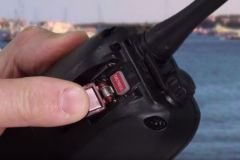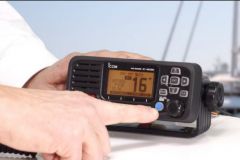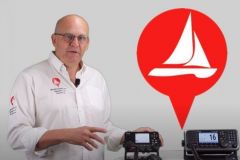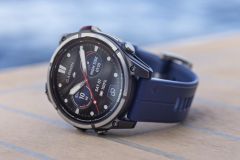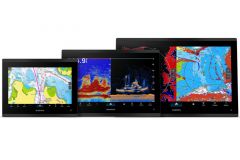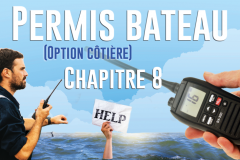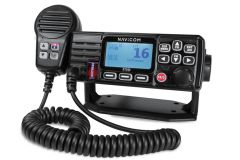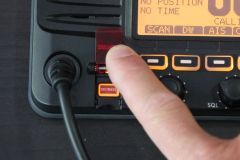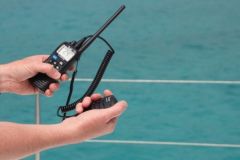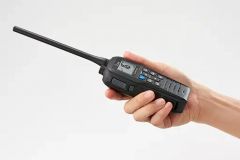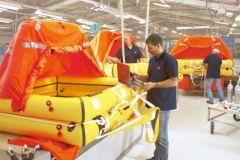The transmitting power of a VHF radio is determined by legislation. To be placed on the market, a transmitter must meet a certification. By this standard, the transmission power is limited to 25 W for a fixed VHF and 6 watts for portable models.
Adjusting the power of the VHF
But the user has the possibility to lower this power to 1 watt. This is the result of using the "H/L" key: H for High and L for Low.
The user can therefore choose whether he wants to transmit with 25 or 1 W.
To define the use of the transmission power, you should know that the range of the VHF depends on two factors:
- the height of the antenna
- the power used.
At high power, for a fixed VHF, the range will vary from 20 to 30 miles or more (about 10 miles for a portable VHF ).
One might be tempted to think "who can do more can do less", "if I carry far, I will be well received nearby".
Ensuring security communications
But when two signals are transmitted on the same frequency, VHFs will only receive the stronger of the two. By transmitting at high power, you risk covering a transmission, especially a distress call
This is why transmissions other than distress calls must be made with the low power setting that will allow communication, reducing the risk of interference with other transmissions.
It is therefore recommended to use the reduced power in harbor areas and for all proximity communications with another VHF.
You avoid interference by simultaneous use of the same channel by several ships a few miles apart.
You reduce power consumption. This is especially important on a portable VHF model that runs on its built-in battery.
Particular case of VHF communications in rivers
In the river area, it is mandatory to set your VHF to 1 W (Low). Use in 25 W mode is prohibited. When navigating on inland waterways, switch to Low so as not to put yourself at risk.
Things to remember:
Use the low setting (1 W) for local emissions and high (25 W) for remote emissions and distress calls. Except for inland waterways, where the setting is always limited to 1 W.

 /
/ 




